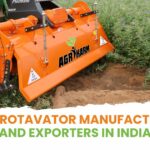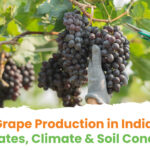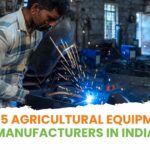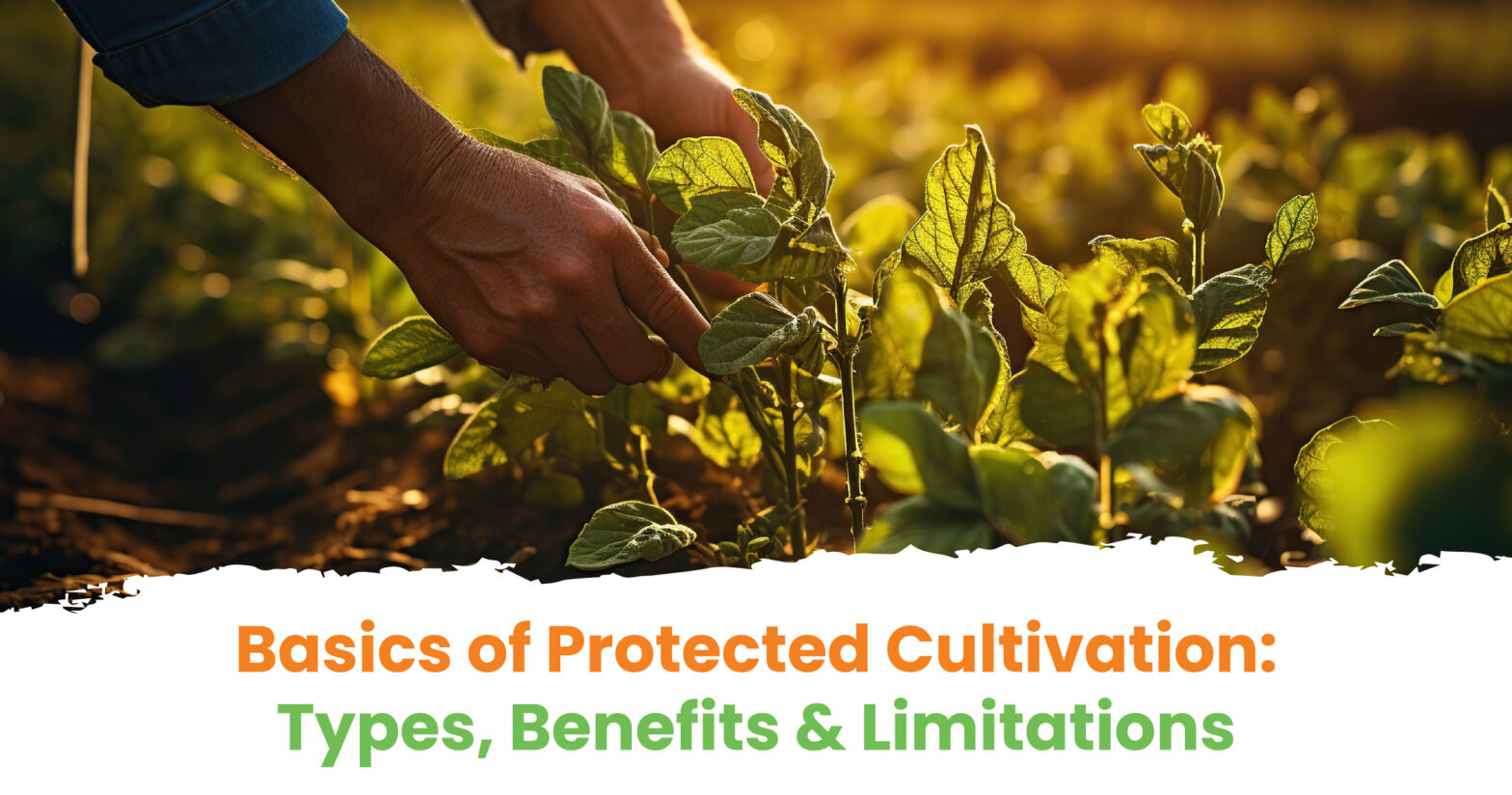
Protected cultivation is a modern agricultural practice that involves growing crops in a controlled environment to optimize growth conditions and protect plants from adverse external factors. This method is designed to improve yields, quality, and production efficiency, especially for high-value crops.
Protected cultivation, also known as Controlled Environment Agriculture (CEA), is becoming increasingly important for modern agriculture, particularly in regions affected by climate change or those with limited arable land. The primary objective of Protected Cultivation is to create a favorable microclimate that shields plants from harsh weather, pests, and diseases.
Let’s explore in brief the basics, benefits, limitations and types of protected cultivation.
What is Protected Cultivation?
Protected cultivation refers to the practice of growing crops in a controlled environment, such as greenhouses, polyhouses, shade nets, or tunnels, to optimize growth conditions and protect crops from adverse external factors.
This method shields plants from extreme weather conditions (such as excessive heat, cold, rain, or wind), pests, and diseases, while providing a controlled environment for better crop yield, quality, and efficiency in resource use.
It is widely used for high-value crops like vegetables, fruits, flowers, and nursery plants.
Some of the main features of protected cultivation include:
- Temperature control: Allows for growing crops in non-optimal climates by maintaining the ideal temperature.
- Humidity management: Controlled humidity levels prevent diseases and promote healthy plant growth.
- Pest and disease management: Reduces exposure to pests and diseases by creating a barrier.
- Water use efficiency: Helps conserve water by using advanced irrigation techniques like drip irrigation.
- Extended growing seasons: Crops can be grown out of their normal seasons due to controlled conditions.
Types of Protected Cultivation
Protected cultivation refers to the practice of growing crops in a controlled environment to optimize plant growth and productivity, regardless of external weather conditions. Here are the major types
Greenhouses:
Enclosed structures made from glass or transparent materials that trap heat and protect crops from adverse weather. Greenhouses allow for temperature, humidity, and light regulation.
Polyhouses:
A cost-effective alternative to greenhouses, constructed with transparent plastic sheets. Polyhouses help regulate temperature and humidity, commonly used in tropical and subtropical regions.
Shade Nets:
Structures covered with shading material to reduce light intensity and protect crops from direct sunlight. Ideal for plants that prefer low light conditions or need protection from excessive heat.
Low Tunnels:
Small, tunnel-like structures made from plastic or non-woven fabric. Used for early vegetable and flower cultivation, providing protection against frost and pests.
Walk-In Tunnels (High Tunnels):
Similar to low tunnels but larger, allowing people to walk through them. They protect crops from wind, rain, and moderate temperature fluctuations.
Hydroponics:
A soilless cultivation method where plants grow in nutrient-rich water solutions within a controlled environment. Hydroponic systems are often set up inside greenhouses.
Aeroponics:
A variant of hydroponics where plant roots are suspended in the air and misted with nutrient solutions. Provides maximum oxygen availability to the roots in a controlled environment.
Vertical Farming:
A type of cultivation where crops are grown in vertically stacked layers, often inside controlled environments like buildings. Uses hydroponic or aeroponic methods.
Benefits of Protected Cultivation
Protected cultivation, such as using greenhouses, polyhouses, or shade nets, offers several benefits for agricultural production. Here are some of the key advantages:
Year-Round Cultivation: Protected Cultivation enables farmers to grow crops outside of their natural seasons, ensuring continuous production and availability.
Higher Yield: Crops grow faster and healthier under controlled conditions, leading to significantly higher yields compared to open-field cultivation. In high-value crops, the compact growing area can maximize the use of available land.
Water Efficiency: Drip irrigation and misting systems are often employed, making water usage more efficient and minimizing waste. Crops are safeguarded from heavy rainfall, which could otherwise lead to soil erosion or waterlogging.
Pest and Disease Management: Enclosed environments reduce the chances of pest invasion, cutting down the need for pesticides. The control of moisture and air circulation lowers the risk of crop diseases, resulting in healthier plants.
Improved Crop Quality: Plants grow uniformly due to controlled light, temperature, and humidity levels, resulting in consistent quality. The quality and appearance of crops grown under protection are generally superior, fetching a better price in the market.
Efficient Use of Inputs: Fertilizers can be applied more efficiently, reducing wastage and environmental impact. Reduced need for chemical inputs (like pesticides and fertilizers) helps lower the overall input costs over time.
Protection from Adverse Weather: Crops are protected from extreme weather events like hailstorms, heavy winds, or frost, reducing the risk of crop failure. By mitigating the impacts of extreme cold or heat, protected cultivation allows for a longer growing season.
Environmental Sustainability: Since protected cultivation requires fewer chemical inputs and reduces water use, it is more environmentally sustainable. It helps in the conservation of water and soil, making it a sustainable option for long-term agricultural practices.
Also Read: Different Types Of Agriculture Implements
Limitations of Protected Cultivation
Protected Cultivation offers various advantages but it also has limitations. Some of these limitations include:
- High Initial Investment: Setting up greenhouses, polyhouses, or other protected cultivation systems requires a significant investment. This includes materials like polyethylene films, shading nets, temperature control systems, and irrigation systems.
- Complex Management: Managing a protected cultivation system demands expertise in controlling temperature, humidity, irrigation, and pest management. Growers must constantly monitor the environment and be knowledgeable about plant physiology, pest management strategies and greenhouse technology.
- Energy Dependence: In regions with extreme temperatures, greenhouses may need artificial heating or cooling systems, increasing energy consumption. This reliance on energy sources can make protected cultivation less sustainable and more expensive in the long term.
- Limited Crop Range: Not all crops thrive in protected cultivation systems. Some crops require specific conditions or space that may be difficult to replicate in controlled environments.
- Market Access and Profitability: For growers to justify the high costs, they must ensure there is a market for their high-quality produce. If market demand or prices drop, profitability may be negatively affected.
- Environmental Concerns: Polyethylene films and plastic materials used in protected cultivation can lead to environmental pollution if not disposed of properly or recycled. Dependency on non-renewable energy sources further exacerbates this issue.
CONCLUSION
Protected cultivation is especially relevant in regions with harsh climates or where demand for high-quality produce is consistently high. It can be a valuable strategy for increasing food security and optimizing agricultural productivity in modern farming practices. Protected cultivation is particularly useful for high-value crops like vegetables, flowers, and fruits, as it ensures high-quality output and greater marketability.

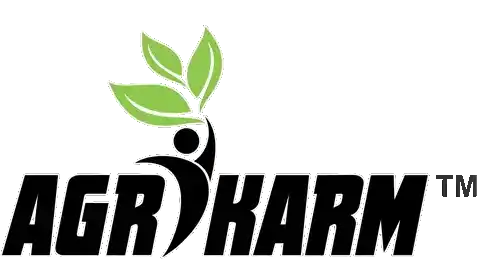
 Admin
Admin 